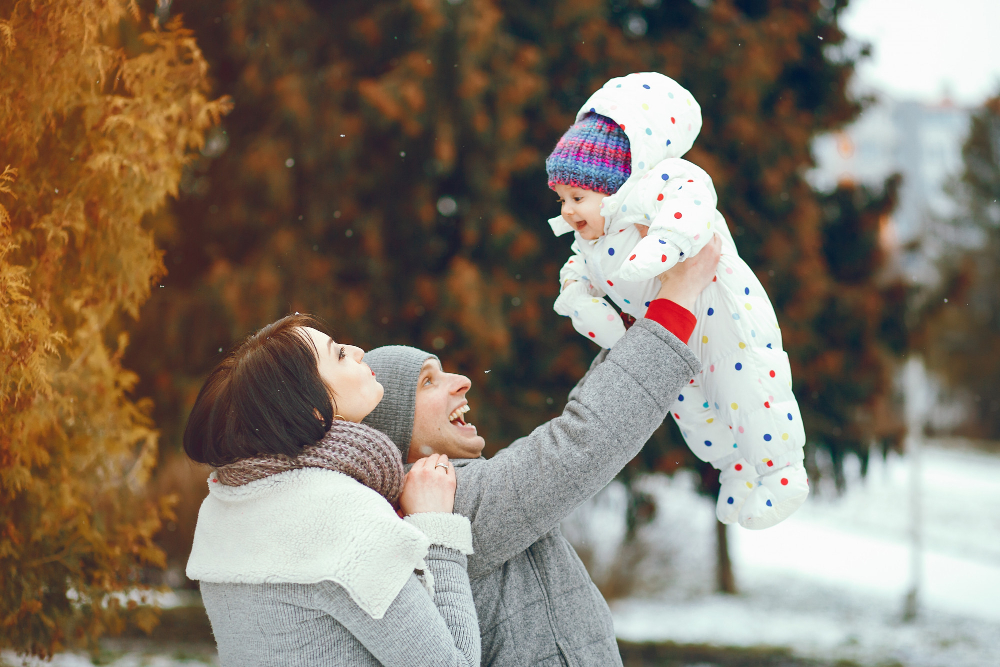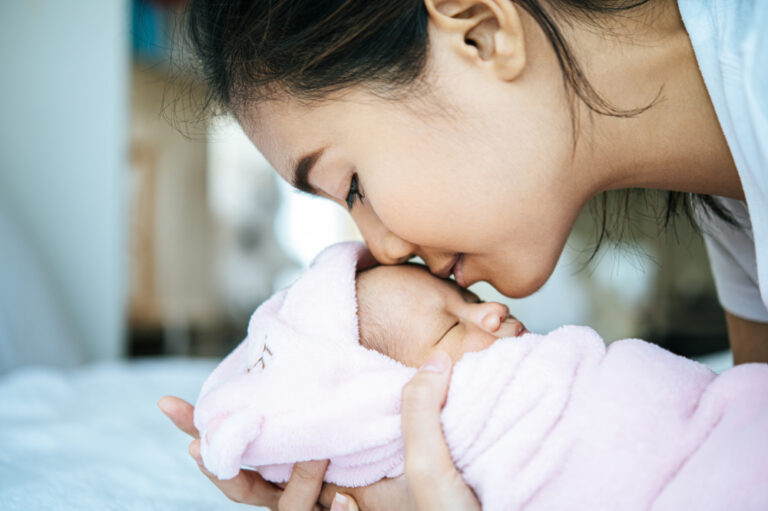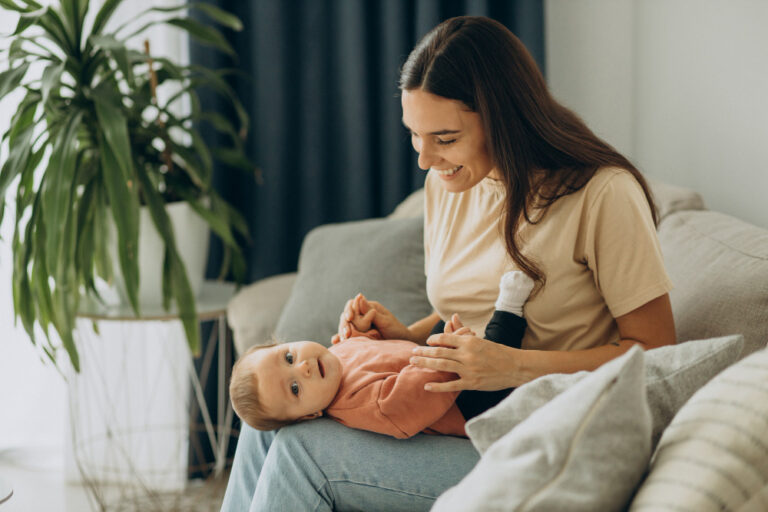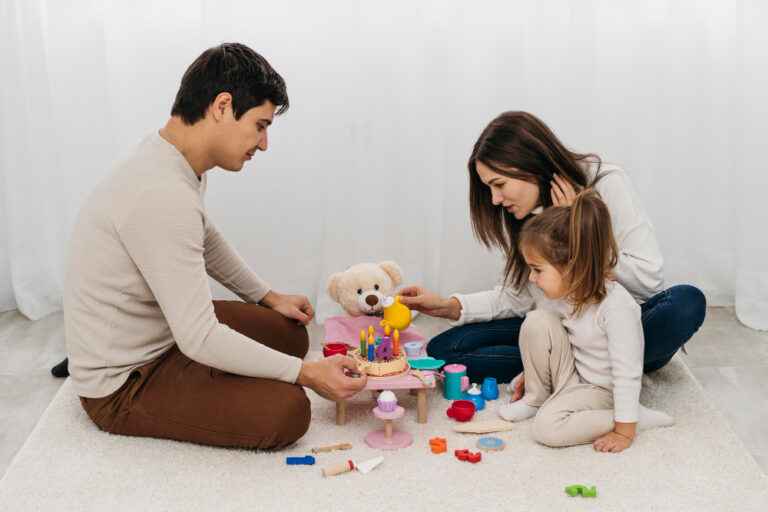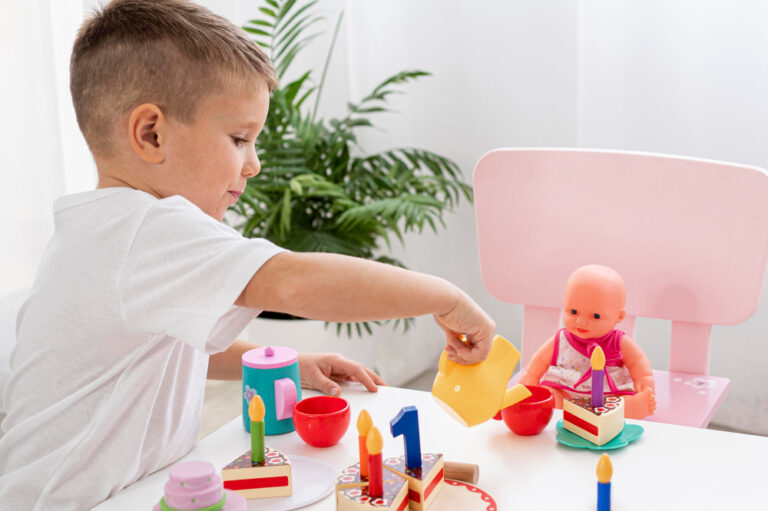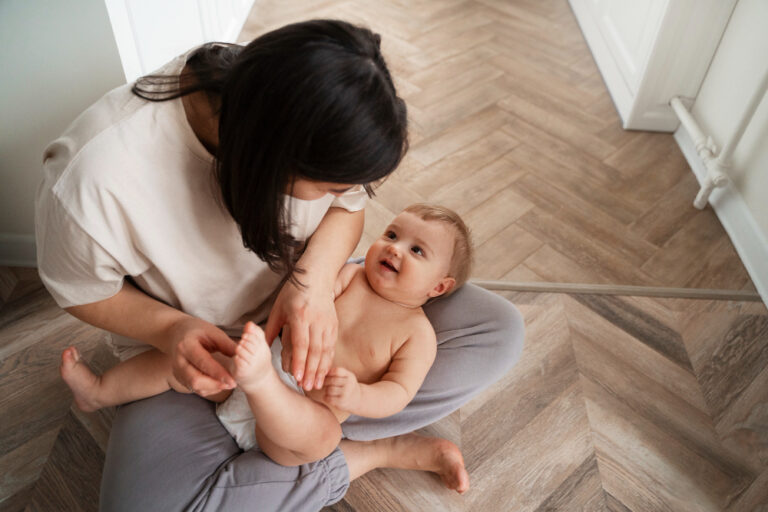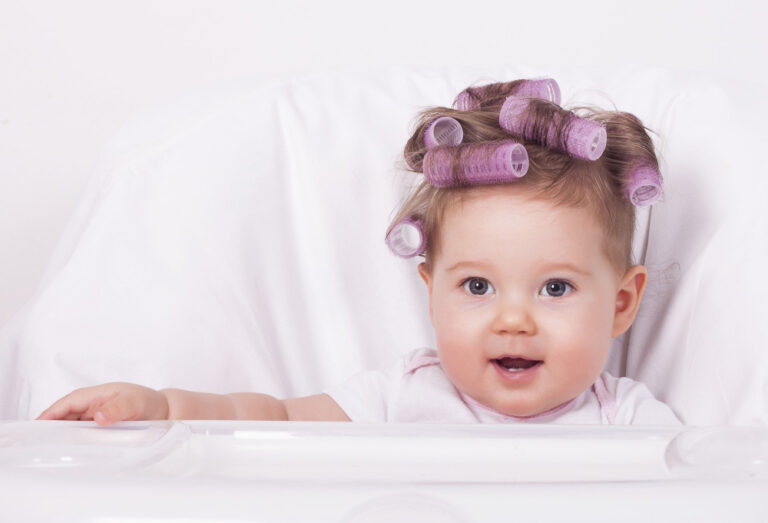10 Smart Baby Care Tips to Keep Your Little One Cozy This Winter
Winter brings cozy blankets, warm cuddles, and the joy of watching your baby discover a new season. But chilly temperatures and dry air can also challenge your baby’s comfort and health. Parents often find themselves juggling layers, humidifiers, and skin care routines, all while trying to keep their baby safe and happy.
Babies have sensitive skin and a developing immune system, so cold weather requires extra attention to their daily care. From moisturizing dry cheeks to choosing the right winter outfits, small steps can make a big difference.
Staying ahead of seasonal issues helps prevent common winter problems like colds, skin irritation, and overheating. This guide shares ten essential winter baby care tips that make parenting during the colder months a little easier.
Each tip focuses on practical, effective solutions that promote warmth, health, and comfort. Keep your baby smiling through the frosty days with these simple, parent-approved ideas.
10 Baby Care In Winter
Winter can be hard for small babies. Cold air, dry skin, and sudden weather changes make babies feel uncomfortable. Parents need to take extra care during this season. Warm clothes, skin protection, and good hygiene are important.
This guide shares 10 simple baby care tips for winter. Each tip is easy to follow and helps keep your baby safe and healthy.
1. Dress Baby in Layers
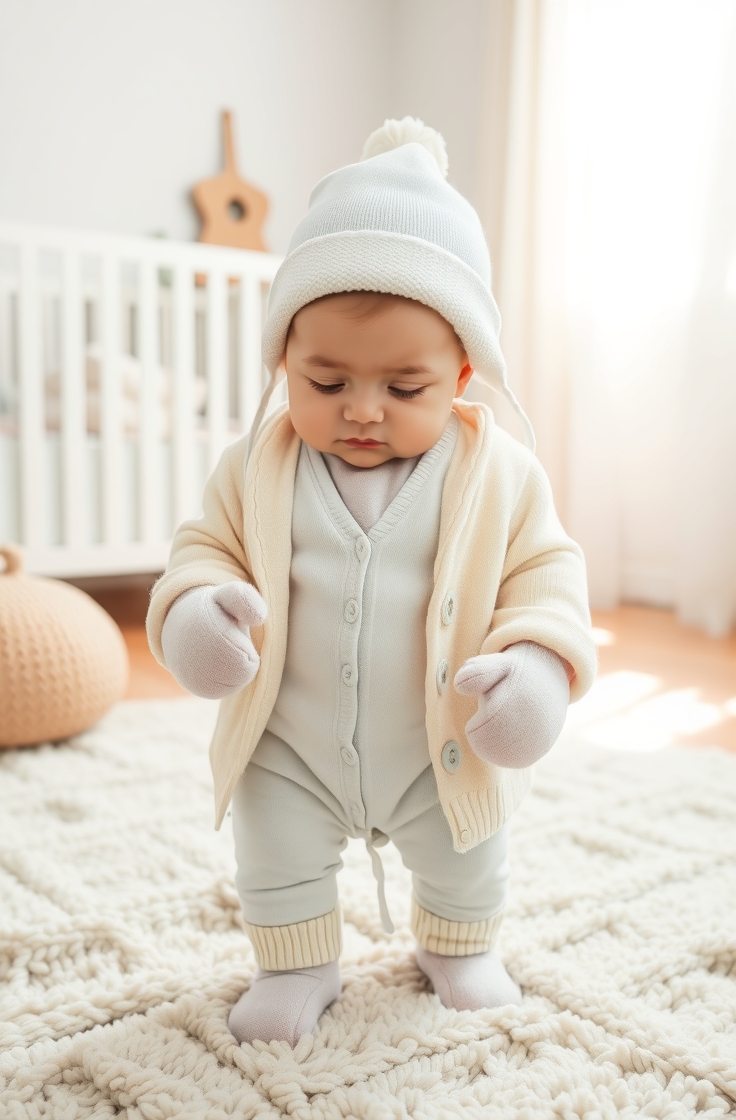
Babies cannot control their body temperature well. That’s why layers help. Start with a soft cotton inner layer. Add warm clothes like wool or fleece. Use mittens, socks, and a cap to keep hands, feet, and head warm.
Don’t overdo it. Too many clothes can cause sweating. Check the back of your baby’s neck. If it feels warm, they are fine. Layering also helps during outdoor visits. You can remove one layer if it gets warm inside. This way, your baby stays cozy without overheating.
2. Keep Baby’s Skin Moisturized
Cold air makes skin dry. Babies have delicate skin. It needs extra care in winter. Use a gentle, fragrance-free baby moisturizer. Apply it twice a day. After bath and before bedtime work best.
Choose products made for babies. Look for natural oils like coconut or almond oil. Avoid creams with strong smells or chemicals. They may cause rashes. Don’t skip this step. Dry skin can crack and hurt the baby.
3. Give Short and Warm Baths
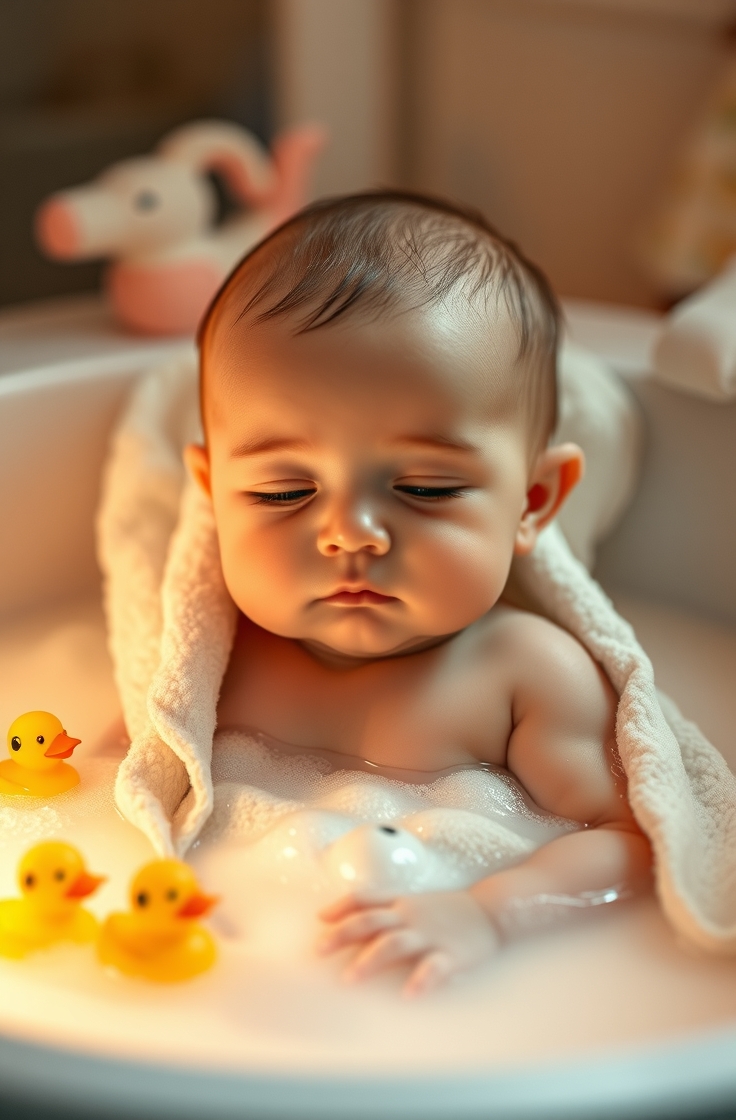
Long baths are not good in winter. They dry out the skin. Keep bath time short. Use lukewarm water. Hot water may feel nice, but it damages skin. Use a mild baby soap. Only a small amount. Rinse well.
After the bath, dry the baby with a soft towel. Pat the skin. Do not rub. Then, apply moisturizer while the skin is still damp. Bathing two to three times a week is enough in winter. Wipe your baby’s face, hands, and bottom daily with warm water and a soft cloth.
4. Use a Humidifier in Baby’s Room
Heaters and cold air make the air dry. Dry air leads to dry skin and stuffy noses. A humidifier helps. It adds moisture to the air. Place a cool-mist humidifier in your baby’s room. Keep it clean. Change the water daily.
Clean the tank weekly. This stops mold or bacteria. Moist air helps your baby sleep better and breathe easily. Don’t place the humidifier too close. Keep it at a safe distance. Also, avoid over-humidifying the room.
5. Keep Baby Warm While Sleeping

Sleep time needs extra care. Babies lose body heat faster than adults. Use soft, warm clothes for sleep. A one-piece sleeper or sleep sack works well. Avoid thick blankets. They can cover the face and block air. Keep the room temperature between 20 to 22°C (68 to 72°F).
This keeps your baby warm and safe. Feel your baby’s chest or back to check if they are comfortable. Don’t use hot water bottles or electric heaters near the baby. Good sleep needs warmth and safety. Never overdress or let the baby sweat during sleep.
6. Protect Baby from Cold Wind
Going outside? Dress your baby in warm clothes. Use a hooded jacket or cover. Cover ears and head. These parts lose heat fast. Wind can make babies sick. Use a stroller cover or light blanket.
But make sure there is air flow. Don’t wrap too tightly. Keep outdoor time short. Just a few minutes is enough during very cold days. Avoid early mornings and late evenings. These times are usually the coldest. Go out in the afternoon if needed.
7. Massage Baby with Natural Oils
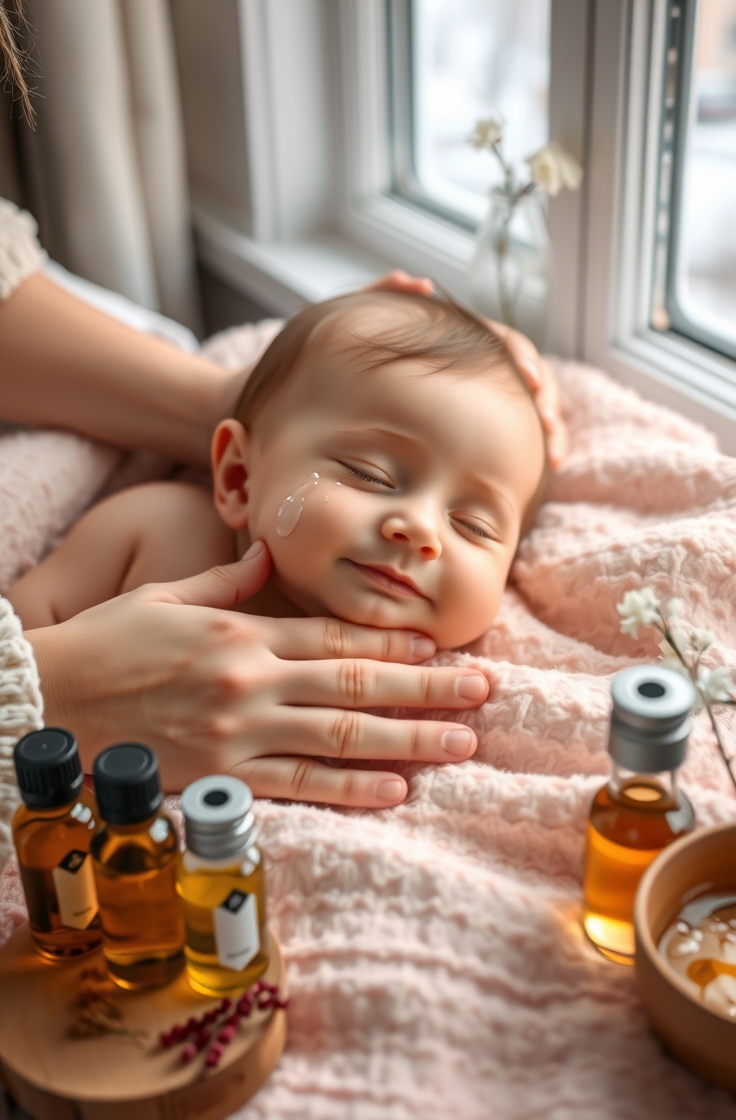
Massage keeps the baby warm and improves blood flow. Use warm natural oils like mustard, coconut, or almond oil. Gently massage the baby once a day. Morning is a good time. Massage helps relax muscles.
It also helps babies sleep better. Do it in a warm room. Avoid cold air or fans during massage. After massage, wait for 10–15 minutes. Then give a warm bath or wipe with a wet cloth. This removes extra oil from the skin.
8. Keep Baby’s Nose Clean
Winter causes dry noses. Blocked nose can make breathing hard. Babies can’t blow their nose. Use a saline nasal spray made for babies. A few drops help loosen dry mucus.
Use a soft nasal aspirator to remove it gently. Do this before feeding or sleeping. It makes the baby feel better. Keep the baby away from people with colds. Wash your hands often. This helps stop the spread of germs.
9. Watch for Signs of Illness
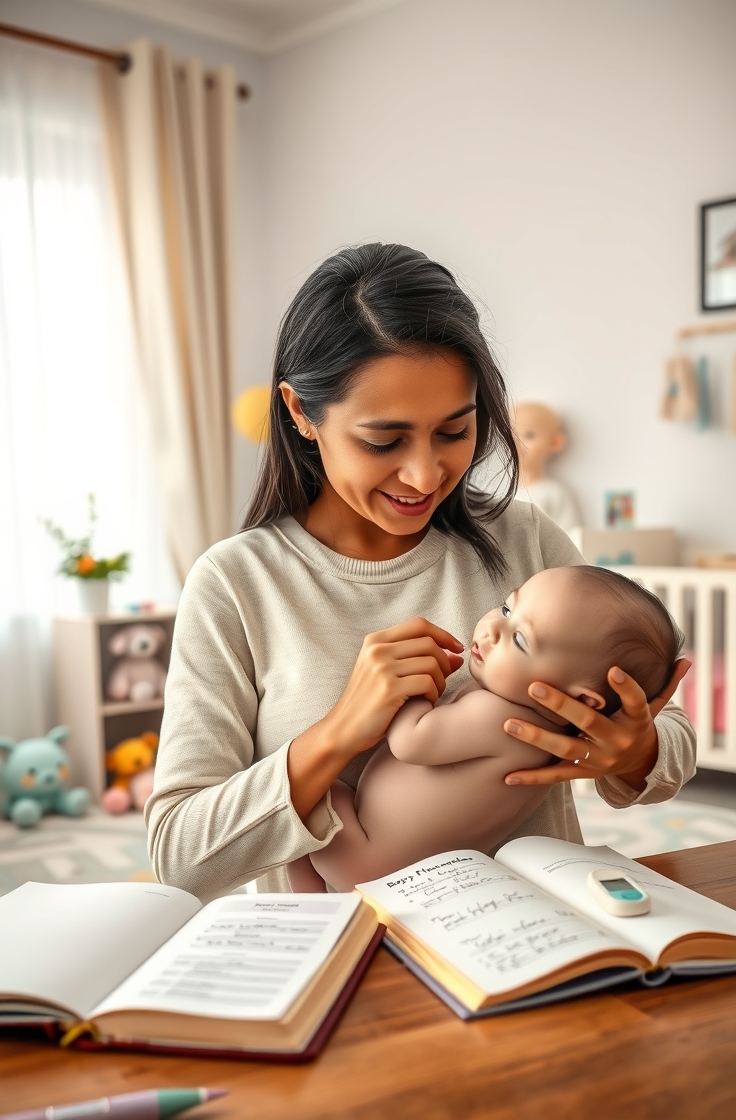
Babies can get sick fast in winter. Look for signs like runny nose, cough, fever, or trouble feeding. Don’t wait too long. Visit a doctor if you see any of these signs. Give more fluids if your baby is old enough.
Breastfeeding or formula gives enough water for small babies. Don’t try home remedies without talking to a doctor. Stay calm. Quick action keeps your baby safe. A warm home and good hygiene help avoid winter illnesses.
10. Keep Baby’s Clothes and Bedding Clean
Clean clothes and bedding help prevent infections. Use a baby-safe detergent. Wash clothes in warm water. Dry them in the sun if possible. Sunlight kills germs. Change your baby’s clothes if they get sweaty or wet.
Wet clothes cause chills. Wash blankets and sheets often. Dirty bedding can carry dust or germs. Fold clean clothes and store them in a dry place. Avoid damp areas. Good hygiene keeps skin problems and cold away.
FAQs
How can I know if my baby is too cold or too hot?
Touch the back of the neck or chest. If it feels cold, add a layer. If it feels sweaty, remove one layer.
Can I take my baby outside in winter?
Yes, but for a short time and only during warmer hours of the day. Dress the baby in layers.
How many times should I bathe my baby during winter?
Two to three times a week is enough. Use a soft cloth to clean daily.
Which oil is best for baby massage in cold weather?
Mustard oil or coconut oil works well. Warm it slightly before use.
Should I use a heater in the baby’s room?
Yes, but keep it at a safe distance. Use a humidifier to prevent dry air.
What room temperature is best for a baby during winter?
20°C to 22°C (68°F to 72°F) is ideal.
How can I prevent dry skin in babies during winter?
Use baby-safe moisturizers and avoid long baths. Keep skin covered and warm.
Can I use a blanket while the baby sleeps?
It’s safer to use a sleep sack. Avoid loose blankets that may cover the baby’s face.
Is it okay to massage every day?
Yes, daily massage helps with warmth and growth. Just be gentle and use baby-safe oils.
What foods help keep a baby warm in winter?
For babies older than six months, warm soups or pureed foods are good. Always ask the doctor before changing food.
Conclusion
Winter care needs attention and love. Babies feel cold faster, and their skin becomes dry. Small steps make a big difference. se soft clothes, warm baths, natural oils, and a clean space.
Keep a close eye on their comfort. A happy baby is a healthy baby. Stay calm, stay prepared, and enjoy the cozy season with your little one.

